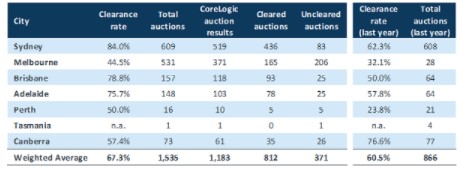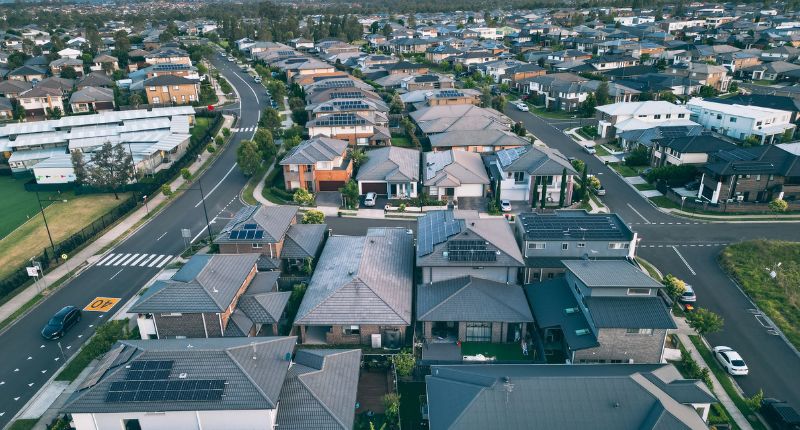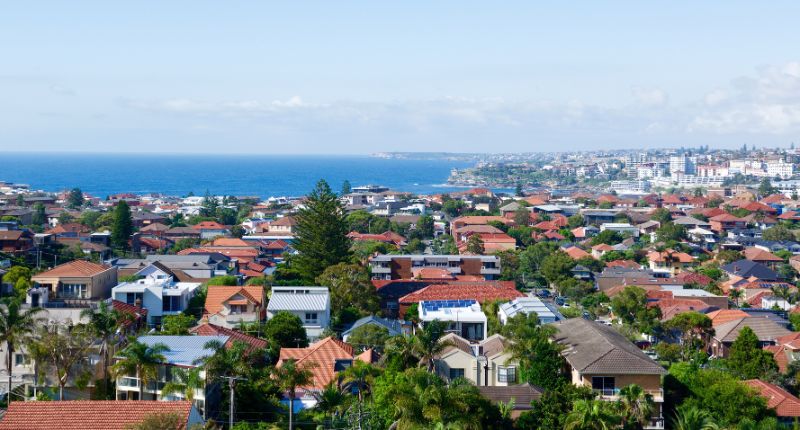
- Melbourne's no-inspection rule continues to dampen results
- CoreLogic says less auctions were held last week
- Sydney, Brisbane and Adelaide continue to perform stronger
Melbourne’s tough no property inspections lockdown continues to drag down auction results in the Victorian capital, hitting as low as 44.5% cleared last week according to CoreLogic, and 22.8% (SQM).
However, this is some improvement compared to last week which saw 34.7% clear (CoreLogic) and 16.6% (SQM).
Repeated calls have been made for property inspections to resume in Melbourne, with Covid safety protocols in place. For now though, they are still banned.
Overall, the national clearance improved to 67.3% – higher than the same time last year, where it was 60.5% – and higher than the 55.4% rate recorded last week, weighed down by the Victorian capital.
In the alternative realities of Sydney, Adelaide and Brisbane the auction clearance rates were a healthy 84%, 75.1% and 78.8%, respectively, according to CoreLogic.
Fewer homes went to auction across the capital cities last week, with 1,535 in all, compared to 2,245 the week before (-31.6%)
Sydney
Despite the extended lockdown, Sydney’s market continues to move along. Last week 68.3% of the 688 auctions were cleared while during the previous week 69.6% of the 677 auctions were cleared, according to SQM. Both volumes and the auction clearance have remained relatively stable over the past few weeks and are actually higher than what was throughout most of last year.
Melbourne
In Melbourne, auctions remain relatively low, which has been attributed to the effective ban of in-person house inspections.
Last week only there were only 736 auctions scheduled, while during the previous week, just 16.6% of the 1,677 auctions scheduled were cleared – the lowest rate since September last year.
Elsewhere…
Brisbane and Adelaide continue to record strong auction markets, with 78.8% and 75.57% rates achieved in the respective cities, significantly higher than the 50% and 57.8% recorded during the same time last year, according to CoreLogic.








